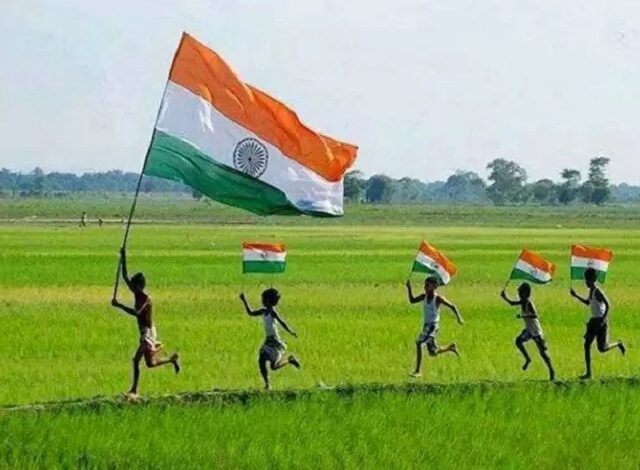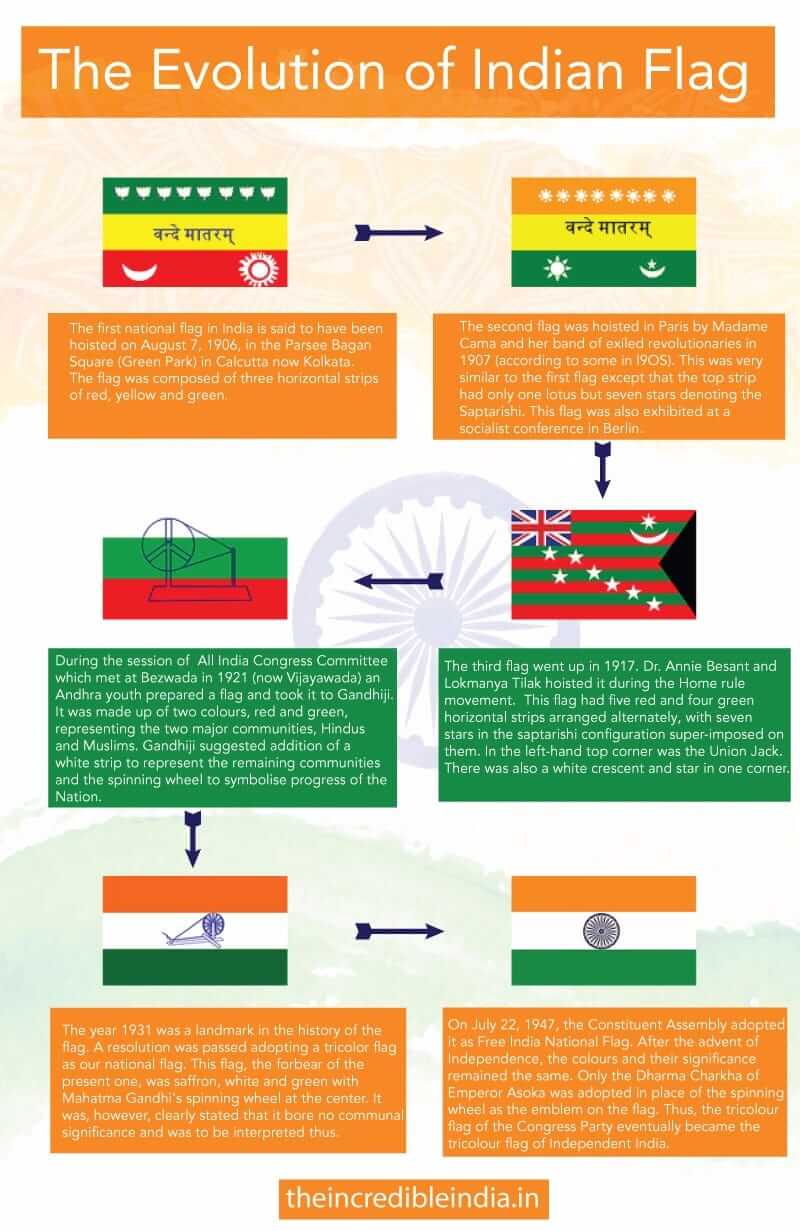Celebrating 77th National flag adoption day
Unknown facts about the adoption of the national flag

Rakshanda Bhattacharjee /22nd July 2024
Every year the National flag is celebrated on July 22, in India the day celebrates the adoption of Indian tricolour as the national flag of India before independence. India’s first prime minister Jawaharlal Nehru described the three colours as a flag of freedom not only for ourselves but a symbol of freedom to all people who may see it. On this day in 1947 the constituent assembly of India adopted the national flag. It was the red letter day in our history as the tri-colour adoption marked a pivotal movement in India’s journey towards establishing itself as an independent nation free from colonial rule.
The constituent assembly meet in the constituent hall in New Delhi at 10 o’clock with Dr. Rajendra Prasad in the chair the constituent assembly had been meeting sense December 19946 and head by the discuss the range of subject the chair announce that the first item on the agenda was “A motion by pandit Jawaharlal Nehru award the flag”. Thereafter India’s first prime minister rose to move the following resolution:
Resolve the national flag of India shall be horizontal tri colour of deep saffron (Kesari), white and dark green in equal proportion. In the centre of white band there shall be a wheel in navy blue colour representing (charkha). Design of the wheel charkha which appears on the abacus of the Sarnath lion capital of Asoka. The diameter of the will solve approximately the width of the white band ratio of the white to the length of the flag shall ordinally 2:3.
The three colours symbolize India’s sovereignty and the remainder of the sacrifices made by countless freedom fighters who fought for the Nations independence. The flag embodies the code value that guide the country:
Unity in diversity: India is the land of Myriad, cultures, languages and religions. The flag symbolises the unity that binds this diversity, promoting harmony and mutual respect among its people.
Peace and non violence: The white strip represents Gandhi’s philosophy of non violence.
Prosperity and growth: The green stripes underscore the importance of growth and development highlighting the nation’s focus on sustainable progress.

Unknown facts about the adoption of the national flag:
1.Before the current Tricolours was adopted, several designs were proposed and used during India’s struggle for independence. One of the earlier versions, known as the Calcutta Flag (1906), had horizontal stripes of blue, yellow, and red. The Home Rule Movement Flag (1917), associated with Bal Gangadhar Tilak and Annie Besant, had red and green stripes with a Union Jack in the top left corner, symbolizing the British dominion over India.
2.The Ashoka Chakra, placed at the center of the white stripe, is derived from the Lion Capital of Ashoka at Sarnath. It symbolizes the eternal wheel of law (dharma) and represents motion, progress, and change, emphasizing the dynamic nature of life and the importance of justice.
3.The first flag hoisting ceremony on August 15, 1947, took place at the Red Fort in Delhi, conducted by Prime Minister Jawaharlal Nehru. However the flag was first unfurled at midnight on August 14 1947 at Parliament House, marking the official birth of a free India.






